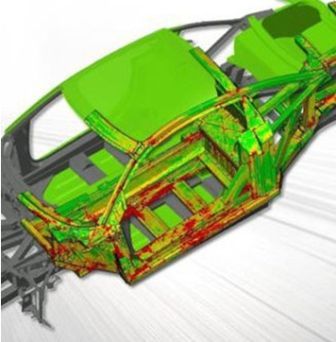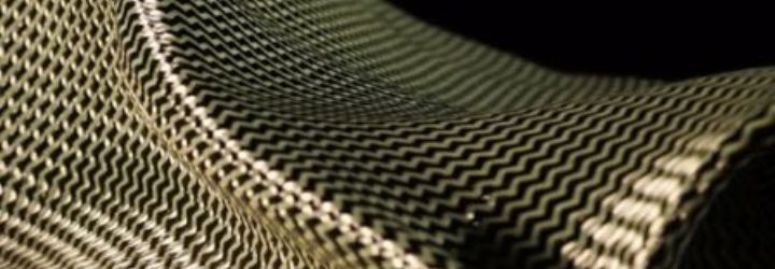Automotive and commercial vehicle construction, aeronautics and astronautics, the wind energy construction sector, as well as sport and leisure products rely more and more on composites. This group of materials, made out of glass and carbon fiber laminates, fits especially for components which aim at the highest possible solidity and moreover outstanding lightness. They became able to replace steel in highly stressed vehicle parts and can lower the weight significantly.
Benefits :
- Extrem light parts
- Highest flexibility and cost effectiveness
- Saving cost, even so maintaining a high quality of the components with the integration of multiple functions
Composites are especially used in aeronautics and astronautics and as well in racing

Unlike by the construction of airplanes, when it comes to automotive construction industry, weight reduction is not supposed to cost anything more than ten Euros, whereas in the airplane sector higher cost due to such advantages are accepted up to a several hundredth euros.
Intelligent mixed construction techniques illustrated with the automative sector

Not only they aim across sectors for the development of suitable materials and standardizing them, but also they work on new simulation and production processes.
Hybrid architecture in the automotive sector is in focus of research and application, whereby suitable joining technologies for different materials and also fiber-reinforced components must be applied, which is really challenging.
The automotive manufacture Audi did come up with a holistic concept for lightweight construction, called “Audi ultra”. It minds ecological and economical requirements and is driven forward under this aspects. For Instance we could look at the models A3 and A6, which are each up to 80 kg lighter as their predecessors.
The manufacturing technique in the lightweight sector is between the conflicting priorities of innovative materials, reliable joining technologies, sustainable efficiency and economical realizable technologies. Depending on the needs for the component and the quantities required, currently the following production technologies takes place for fiber-reinforced composites:
Preforming Prozess :
- Fiber architecture
- Drapieren, Net-Shaping
Compression Molding :
- SMC (Sheet Molding Compound oder Sheet Molding Composite) – D-SMC (Direct Strand Molding Compound)
- LFT-D (Long Fiber Thermoplastic Direct Process) – Tailored LFT-D (Endless Fiber Reinforced Thermoplastic)
- GMT (Glass Mat. Reinforced Thermoplastic – LWRT (Lightweight Reinforced Thermoplastic)
- RTM (Resin Transfer Molding) – HD-RTM (High Pressure Resin Transfer Molding)
Injection Molding :
- LFI (Long Fiber Injection Molding)
- FCS (Fiber Composite Spraying)
- RRIM (Reinforced Reaction Injection Molding)
- SRIM (Structural Reaction Injection Molding)
- SCS (Structural Component Spraying)
Lightweight construction in the building sector:
High-performance, adequate material joining technologies within glass structures, structural-facing and construction of bridges


Currently running research project with adequate material force initiation elements for the contribution in the polymer underlying layer with laminated glass
The aim is elements, which deliver a higher transparence of the glass structures, which allow an easy montage and dismantling. Moreover they are able to maintain a better residual stability in case of failure.
Development and production of profiles made out of light, fiber-reinforced plastics suitable for the section multilayer textile structural facing and window frames.

